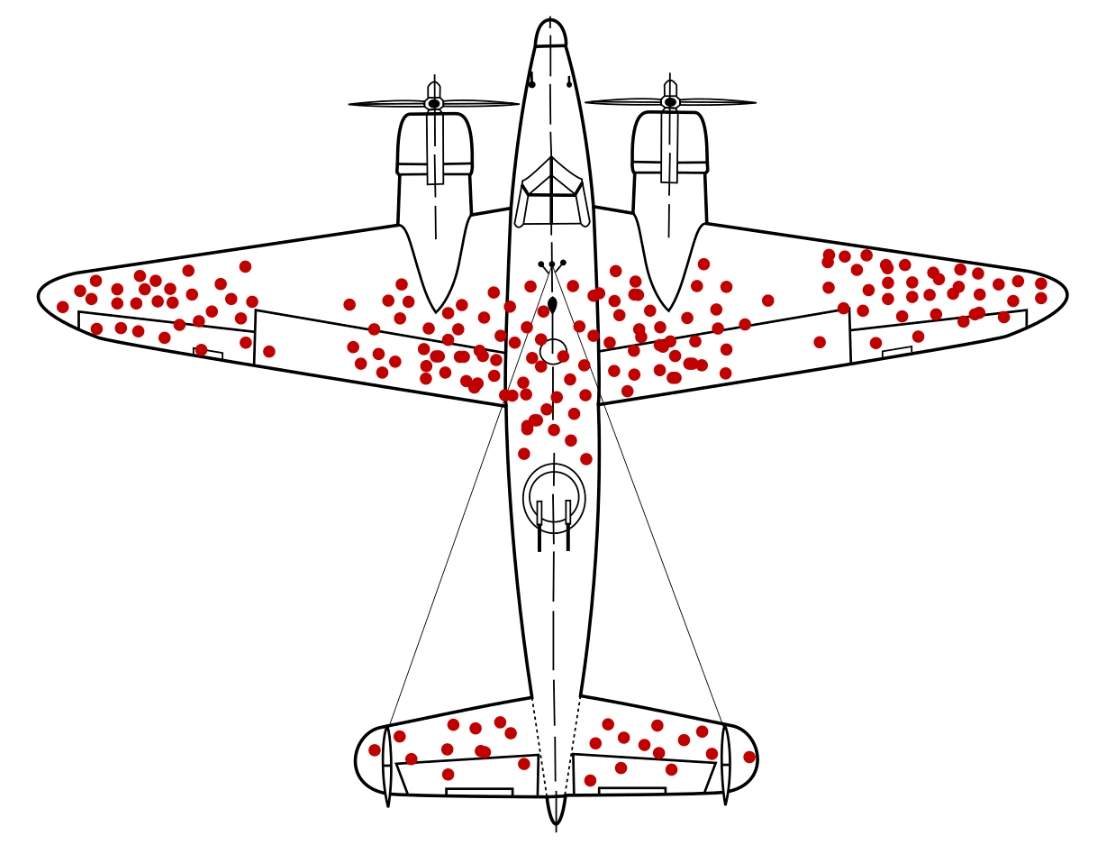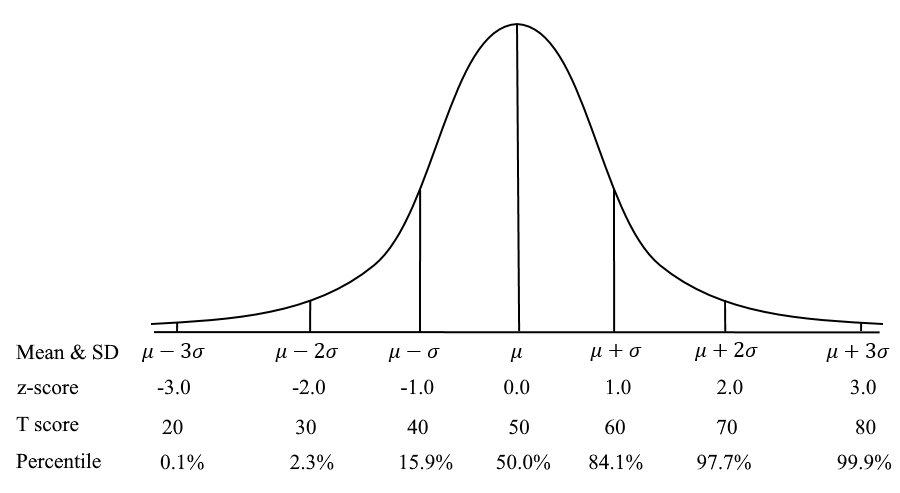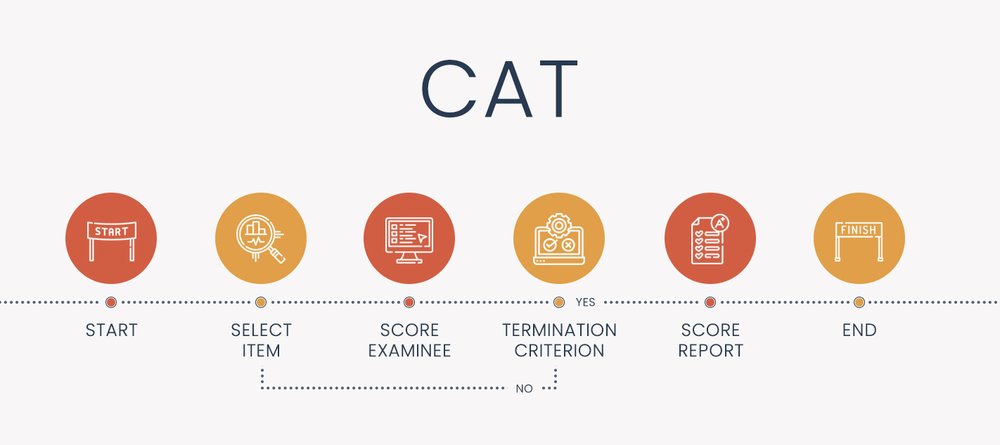
ASC’s Blog: Resources on Assessment, Psychometrics, & Edtech
ASC continually posts new resources and articles on our blog, covering industry news, scholarly conferences, and discussions of important psychometric concepts. See the most recent articles in the blog below.

Assessment Development: Using Quality Management Models
Discover how proven healthcare quality management models can improve fairness and reliability in assessments. I spent the first decade of…

AI in Teaching & Learning 2025: Personalized Learning, Smarter Tests, Stronger Guardrails
Why “AI in Education” Matters in 2025 AI in education has moved from experimentation to daily application. Whether you’re a…

Computerized Classification Testing: SPRT, GLRT, and Abraham Wald
Computerized classification testing (CCT) refers to tests or assessments that are delivered to people, obviously via computer, for the purpose…

What is a Microcredential? How are they modernizing workforce development?
Microcredentials are short, focused, and targeted educational or assessment-based certificate programs that offer learners a way to acquire specific skills…

Testing and Certification Platform: The Foundation for Credentialing
A testing and certification platform provides an efficient, scalable, and secure solution for managing the development of credentialing exams, delivering…

Norm-Referenced vs. Criterion-Referenced Testing: Definition and Interpretation
The two terms Norm-Referenced and Criterion-Referenced are commonly used to describe tests, exams, and assessments. They are often some of…

Proxy Test Takers: What are they, and how do we prevent them?
Proxy test takers are someone who takes a test on behalf of someone else, with the goal of doing better…

The Story of the Three Standard Errors
One of my graduate school mentors once said in class that there are three standard errors that everyone in the…

Computerized Adaptive Testing (CAT): Introduction, Examples, Software
Computerized adaptive testing is an AI-based approach to assessment that dynamically personalizes the assessment based on your answers – making…

Diagnostic Assessment: The Key to Smarter Learning Strategies
Imagine you are a coach preparing your team for the championship. Would you train them all the same way, or…
Big Data: El Futuro de la Evaluación
Big Data: El Futuro de la Evaluación Las evaluaciones han sido durante mucho tiempo un pilar fundamental en la educación,…

¿Qué son los Modelos de Diagnóstico Cognitivo?
¿Qué son los Modelos de Diagnóstico Cognitivo? Los modelos de diagnóstico cognitivo (CDMs, por sus siglas en inglés) son un…

¿Qué Debería Estar Haciendo la Psicometría?
El Objetivo: Evaluación de Calidad El 31 de marzo de 2017, leí un artículo en The Industrial-Organizational Psychologist (la revista…

Límites de Tiempo en Evaluaciones
Los límites de tiempo son un parámetro esencial en prácticamente todos los tipos de evaluación. Un límite de tiempo es…

What are Cognitive Diagnostic Models?
What Are Cognitive Diagnostic Models? Cognitive diagnostic models (CDMs) are a psychometric framework designed to enhance how tests are structured…

What Should Psychometrics Be Doing?
The Goal: Quality Assessment On March 31, 2017, I read an article in The Industrial-Organizational Psychologist (the journal published by…
Big Data: The Future of Assessment
Assessments have long been a cornerstone of education, hiring, and psychological research. However, with advancements in artificial intelligence and machine…

¿Qué es KSAO y cómo impacta en la evaluación?
¿Qué es un KSAO? Los KSAOs (Conocimientos, Habilidades, Capacidades y Otras Características) son una forma de definir los atributos humanos…
